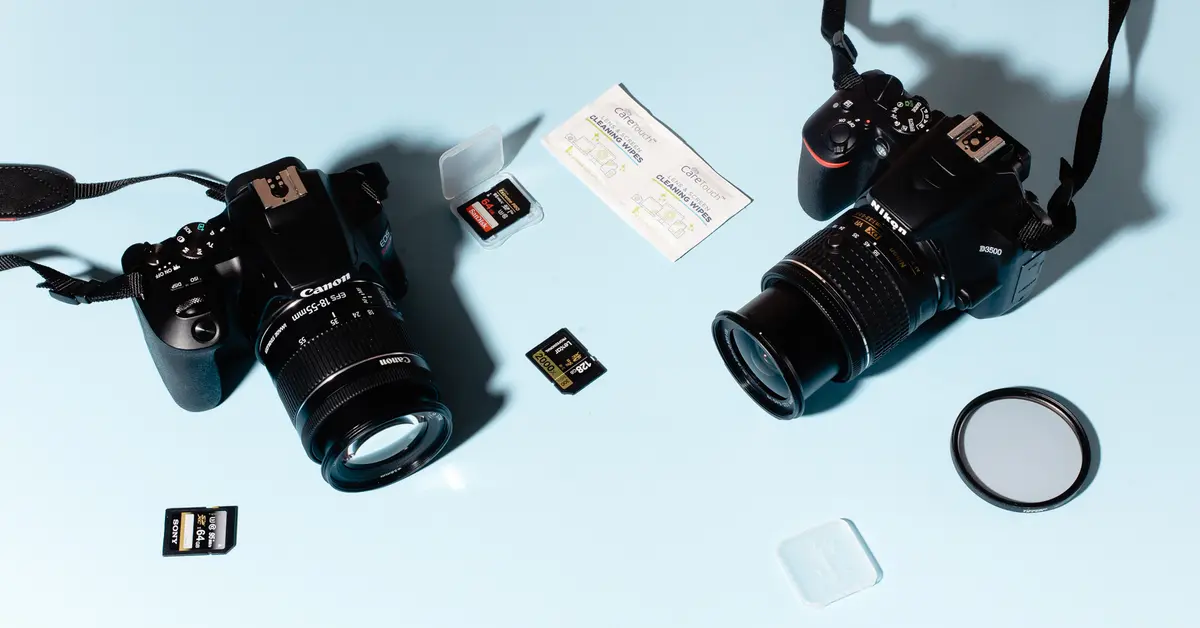Choosing a professional digital camera is a critical decision for photographers looking to capture stunning images with precision and creativity. With a vast array of options available, understanding the essential features and considerations can help you make an informed choice. In this comprehensive guide, we will explore the key factors to consider when selecting a professional digital camera, including sensor size, resolution, lens compatibility, image stabilization, autofocus system, and more. By the end, you’ll be equipped with the knowledge needed to choose the perfect camera for your photography needs.

1. Sensor Size and Resolution:
Sensor size plays a crucial role in image quality and low-light performance. Full-frame sensors offer larger pixels and better light-gathering capabilities, resulting in superior image quality, dynamic range, and low-light performance. However, crop sensors can provide a more affordable entry point and offer additional reach when using telephoto lenses. Resolution is also important, with higher megapixel counts offering greater detail and flexibility in cropping or printing large images.
2. Lens Compatibility and Selection:
Consider the lens options available for your chosen camera system. A wide range of lenses can provide versatility and allow you to capture various subjects and styles. Research the availability and quality of lenses within your budget to ensure you have suitable options for your photographic needs, whether it’s wide-angle landscapes, telephoto wildlife shots, or macro photography.
3. Image Stabilization:
Image stabilization technology reduces blur caused by camera shake, allowing you to capture sharper images, especially in low-light conditions or when using telephoto lenses. Look for cameras with in-body image stabilization (IBIS) or lens-based stabilization systems, depending on your preference and shooting style. Some cameras offer a combination of both for optimal stabilization.
4. Autofocus System:
An advanced autofocus (AF) system is crucial for capturing sharp and well-focused images, particularly when photographing fast-moving subjects or in challenging lighting conditions. Look for cameras with sophisticated AF systems that offer a high number of focus points, fast and accurate tracking, and reliable performance in various shooting scenarios.
5. Burst Shooting and Buffer:
If you frequently photograph fast-paced action or events, consider cameras with high-speed burst shooting capabilities and a large buffer. This allows you to capture a series of continuous shots at a rapid pace without the buffer filling up, ensuring you don’t miss critical moments.
6. Ergonomics and Controls:
Comfortable ergonomics and intuitive controls are essential for a seamless shooting experience. Consider the size, weight, and grip of the camera to ensure it feels comfortable in your hands. Evaluate the layout and accessibility of controls, as well as the availability of customizable buttons, to tailor the camera’s operation to your preferences and shooting style.
7. Video Capabilities:
If you’re interested in videography, look for cameras with robust video features such as high-resolution recording, various frame rates, manual controls, and microphone inputs. Consider the camera’s autofocus performance during video capture and whether it offers features like in-body or lens-based stabilization for smooth and steady footage.
8. Connectivity and Storage:
Evaluate the camera’s connectivity options, including Wi-Fi, Bluetooth, or NFC, which enable seamless image transfer and remote control through smartphone apps. Consider the availability of dual memory card slots for increased storage capacity and backup options during important shoots.
9. Budget and Future Upgrades:
Determine your budget and consider the long-term investment value of the camera system. Assess the availability of lenses, accessories, and potential upgrades within the camera ecosystem to ensure compatibility and flexibility as your skills and needs evolve.
Conclusion:
Choosing a professional digital camera requires careful consideration of factors like sensor size, resolution, lens compatibility, image stabilization, autofocus performance, and more. Assess your photography needs, shooting style, and budget to find a camera that